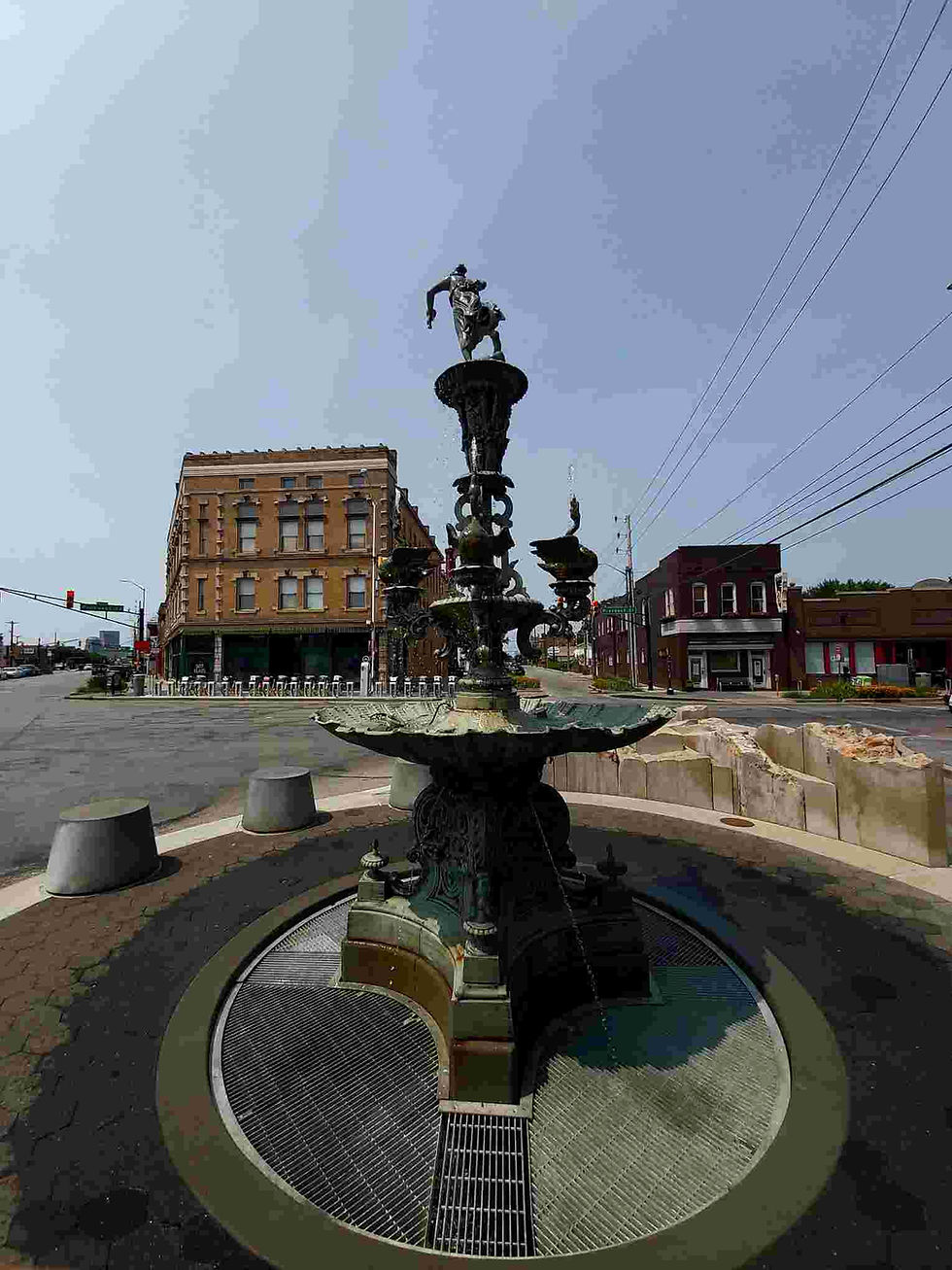Italy: St. John Lateran, Rome
- Matthew P G

- Oct 21
- 3 min read


November 2016
Saint John Lateran is the first Christian Basilica built explicitly to gather the entire city community around its bishop, although Christians had already started to build churches before Constantine came to power: there is mainly literary evidence of them, affirming that forty already existed in Rome, whereas the artistic development is demonstrated by art from the catacombs. This sufficiently shows how Christianity, although persecuted, was so vital that it needed places and means of expression. Entering in the Basilica, one can sense the volumetry of the ancient pagan Basilicas: indeed, it was erected by the same architects of the basilicas of the Imperial Forums, but with evident changes. Firstly, in the pagan basilicas, one entered via the long side, with two apses on the left and on the right. Instead, in Saint John Lateran, for the first time, with a rotation of 90 degrees, one enters by the short side, as the building was oriented towards the single apse, which represents Christ who comes towards those who celebrate the Eucharist. A second major novelty is the position of the altar: while in the ancient temples it was on the outside of the building, now it is inside and animals are no longer slaughtered there, but instead the sole and eternal sacrifice of Christ, present in the Eucharist, is offered. In addition, while in the temple structures the people stayed outside, in the Christian basilica – of which Saint John Lateran is the prototype that went on to be imitated everywhere – all people, men and women, slaves and the free, nobles and commoners – are admitted together to the Eucharist. Of the Constantine building, the two columns at the left and right of the ciborium have survived. In Rome, Constantine supervised not only the construction of the Basilica of the Saviour – then renamed Saint John Lateran – but also a further nine basilicas. He donated the land of the barracks of Maxentius’ private guardhouse for the construction of the Lateran basilica. The toponym “Lateran” continued to be used, since the place had previously belonged to the Lateran family.
St John Lateran was part of my religious sites overload in Rome. The church serves as the Cathedral of Rome (not St Peters) and its archbishop is the Pope. Actually part of the Vatican State, St John Lateran's grounds are not considered in Italy. The church was the first public church constructed in Rome (in 324AD - w0w) and the first to establish that all people were meant to worship inside regardless of social rank.
Interestingly, Lateran is the name of the family who previously owned the land (back in the 4th century). I wonder if anyone can still trace their lineage to that family?
As with most overwhelming structures in Rome, I was blown away by its importance and size. The current church (massive) was a reconstruction (due to a fire) in the 16th century and then it saw a major renovation 100 years later. What is visible today is nearly 300 years old (which, in the church's historical timeline, is fairly recent. However, its grandeur overwhelms.
Interesting factoid: The president of the French Republic, currently Emmanuel Macron, is ex officio the "First and Only Honorary Canon" of the archbasilica, a title that the heads of state of France have possessed since King Henry IV. (Wikipedia)
Cathedral of Rome, which is actually a Basilica owned by the Vatican (and includes the President of France as clergy) - I have been there and felt overwhelmed by trying to figure it out. Ha!



Comments